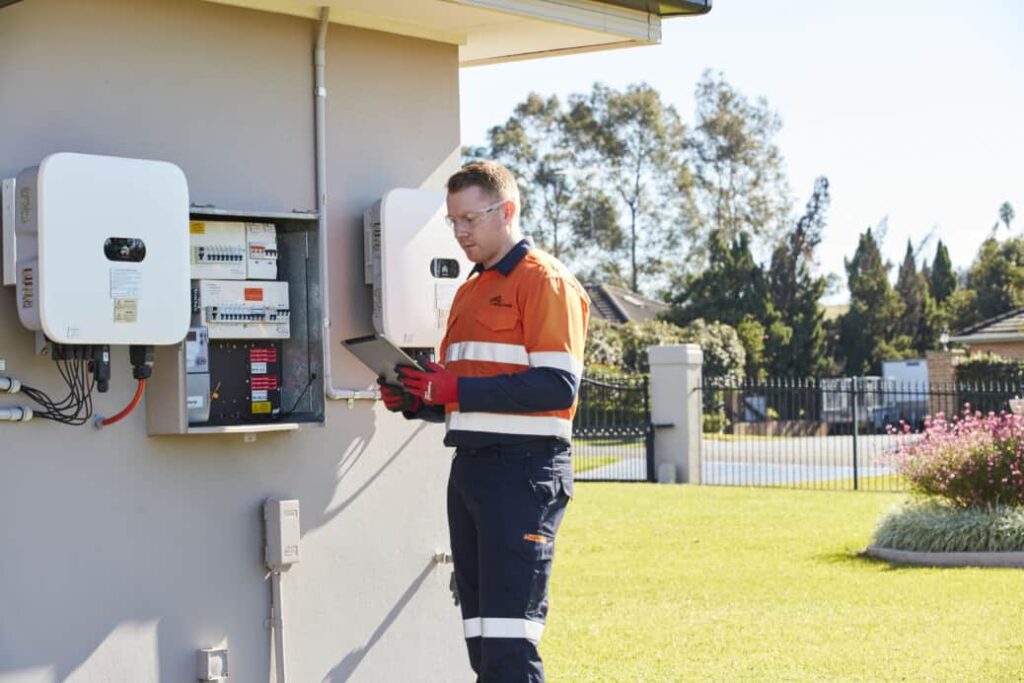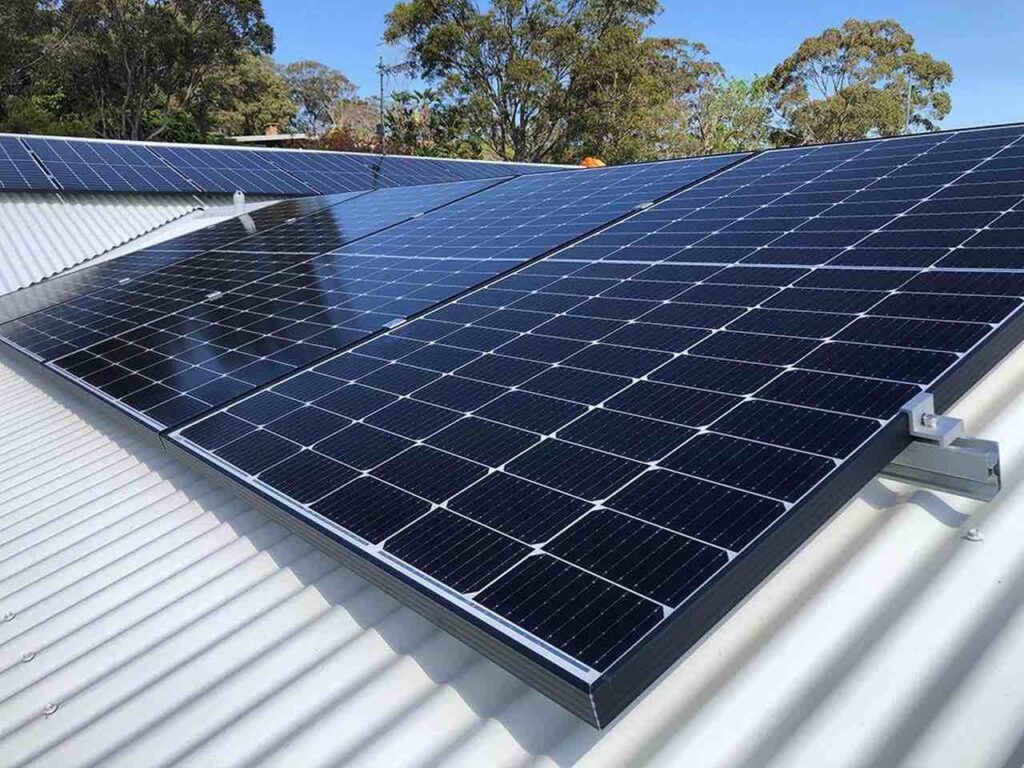For residents living in Tasmania (TAS), it is possible to receive solar feed-in tariffs for electrical power that is transferred to the grid. This can be beneficial for residents who have a solar power system and produce more energy than they can manage to use.
In Tasmania, you will be able to find many different power providers, and the feed-in tariff offered may vary between these. Here you will learn more about the solar feed-in tariffs in TAS, and what to expect.
Find the best feed-in tariffs for your household.
Facts about the solar feed-in tariffs in TAS
Before looking at the solar feed-in tariffs in TAS, we will explain how it works. The feed-in tariffs, or FIT, is the payment you will receive when selling your excess solar power through the power grid.
Alternatively, it would be possible to store this energy in a battery in your house. In that case, you could use the power whenever you need to. But if you have a grid-tied solar panel system, you might consider selling the power instead.
It is your power provider that will pay for the power that your system transfers to the grid. The amount will usually be subtracted directly from your power bill, and the size of it will depend on your FIT rate.
Across Australia, the FIT rate might vary significantly. It will not only depend on which power company you use but also on whether the government has set a minimum rate in your area.

Is there a minimum solar feed-in tariff in Tasmania?
Yes, there is a minimum FIT rate in Tasmania. This is the lowest amount a power provider might pay you per kWh sent through the power grid.
From 1 July 2023, the minimum feed-in tariff rate is 10.869 cents per kWh.
The 2023-24 feed-in tariff rate, determined in accordance with the Regulator’s 2022 Regulated Feed-in Tariff Rate Determination, is 22.4% higher than the 2022-23 rate.
The reason for this increase is the high power prices. The government is now trying to encourage more people to sell their excess electricity through the grid.
Which provider has the best solar feed-in tariffs in TAS?
In Tasmania, the residents can currently choose between four different power retailers. These are:
So, which power provider is the best? The answer is not as straightforward as you might think it is. The reason for this is that the best power provider for you is not necessarily the best for others.
The FIT rates offered by the different power providers might also differ from time to time. Some will give you a high feed-in tariff for the first 12 months or so, only to lower the rate afterwards.
What power provider you should choose will also depend on the size of your solar power system. If it is 10kW or bigger, you might benefit from another deal than someone with a smaller system.

A historical view of the solar feed-in tariff in TAS
If you installed your solar panel system earlier than 30 August 2013, you were able to get a guaranteed 1:1 solar feed-in tariff. This deal lasted until the end of 2019 and was an incentive to reward the first households that purchased a solar panel system in TAS.
Since then, the price of solar panel systems has dropped significantly. Because of that, the solar feed-in tariffs are not as beneficial as they once used to be. In 2018, the Hodgman government reviewed new FIT rate arrangements for Tasmanian residents.
Those who used to have a premium 1:1 solar feed-in tariff were transferred to a new deal that would give them a standard FIT rate of 8.5 cents / kWh. Today, these special arrangements no longer exist, and the standard FIT rates apply to all.
How to get a great solar feed-in tariff in TAS
To get the best possible solar feed-in tariff in Tasmania, you should consider comparing offers from different providers. You might also want to negotiate with your provider, to see if your existing FIT rate may be increased.
Take a closer look at your latest electricity bill to see what your solar feed-in tariff is today. This information should also be possible to find on the provider’s website, or in the fact sheets.
If you are planning to install a solar panel system for the first time, you can ask for quotes from different providers and pick the one that suits you the best.